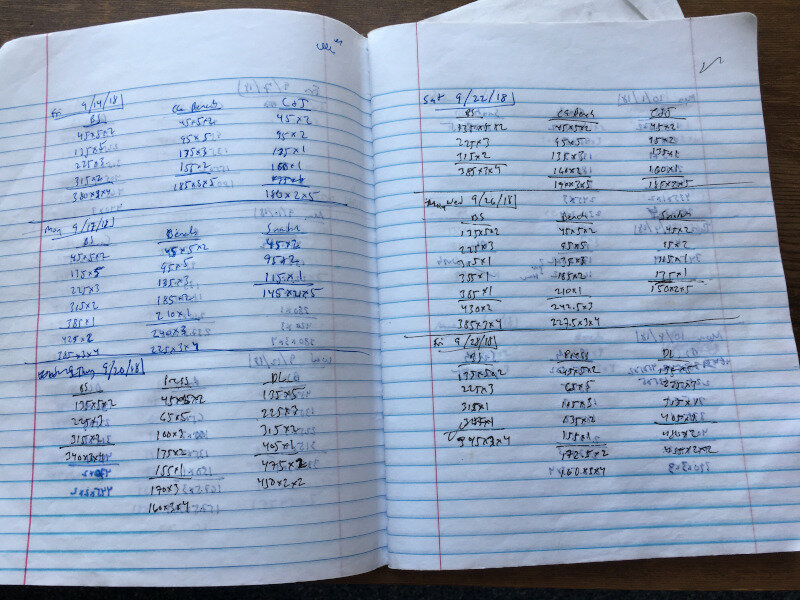Spotting the Bench Press: Don't Make These Mistakes!
/Spotting the bench press shouldn’t be complicated, but people mess it up frequently, so let’s briefly discuss how NOT to spot the bench press.
Don’t Yank Your Lifter Out of Position
Take an over-under grip on the barbell (i.e., one hand facing up and one hand facing down - also known as an alternating grip or mixed grip) and simply provide enough assistance to help guide the bar into place. Don’t pull your lifter out of position because you’re so eager to help.
Stay Out of Your Lifter’s Line of Sight
You should give your lifter an unobstructed line of sight to the ceiling; with this in mind, stay relatively close to the bench so you can provide assistance if necessary, but beyond that, stay out of the way. Don’t straddle the bench, don’t straddle your lifter (yes, I’ve seen this), and don’t even lean over your lifter.
Keep your hands, your face, and your body out of the way and out of your lifter’s line of sight - none of those things are in the way of your lifting buddy on his other lifts, and they shouldn’t be in the way on the bench press, either.
Don’t Space Out
Pay attention to your lifter. Get your hands out of your pockets, put down your coffee, and simply pay attention to your lifter so that - in the event that he needs assistance - you’re actually prepared to provide it.
Don’t Touch the Bar
This is the big one, folks - they’ve even got shirts about this one. Lifting is not a team sport. Benching is not a team sport. If you touch the bar, the rep doesn’t count, so stay out of the way. Don’t. Touch. The. Bar.
“I’m all pinkies, bro!” Don’t be like these fools.
Of course, you need to be able to provide assistance in the event that the barbell goes anywhere other than up, but beyond that, stay out of your lifter’s way. The spotter shouldn’t exist (figuratively speaking) unless the lifter needs help.
As always, we hope this helps you get stronger and live better.
(Some links may be affiliate links. As an Amazon Associate, Testify earns from qualifying purchases.)






